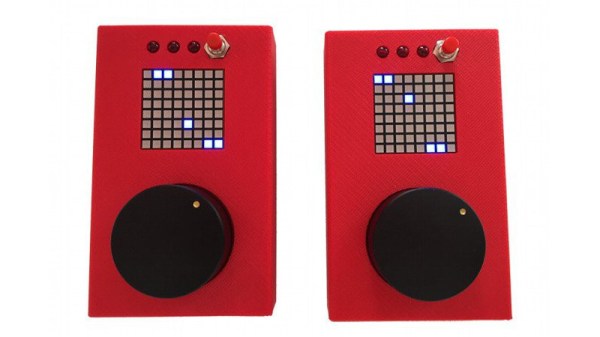The Game Boy Pocket was Nintendo’s 1996 redesign of the classic 1989 handheld, giving it a smaller form factor, better screen and less power consumption. While it didn’t become as iconic as its predecessor, it still had enough popularity for modders such as [Eugene] to create new hardware for it. His Retro ESP32 board is a drop-in replacement for the console’s motherboard and screen, giving it a whole new life.
 [Eugene] is no stranger to making this kind of mod, his previous Gaboze Pocaio project did the exact same thing with this form factor, only with a Raspberry Pi instead of the ESP32-WROVER used here. His choice of integrated SoC was based on the ODROID-GO, which is a similar portable console but with its own custom shell instead.
[Eugene] is no stranger to making this kind of mod, his previous Gaboze Pocaio project did the exact same thing with this form factor, only with a Raspberry Pi instead of the ESP32-WROVER used here. His choice of integrated SoC was based on the ODROID-GO, which is a similar portable console but with its own custom shell instead.
This project doesn’t stop at the hardware though, the Retro ESP32 (previously dubbed Gaboze Express) also offers a user-friendly interface to launch emulators. This GUI code can be used with the ODROID as well since they share the same hardware platform, so if you have one of those you can try it out right now from the software branch of their repository.
If the idea of replacing retro tech innards with more modern hardware is something that interests you, look at what they did to this unassuming Osborne 1, or this unwitting TRS-80 Model 100. Poor thing didn’t even see it coming.















